Introduction
Stability under power systems forms an important area of electrical engineering that guarantees operation under various disturbances. Reliability is becoming harder to maintain as modern networks become more complex. This is necessary to determine in the event of any disturbances experienced in the electrical grid. This article attempts to highlight electrical system strength challenges as well as give you some emerging solutions.
Challenges in Power System Based Stability
- Frequency Stability Issues
Power system frequency should remain within permissible ranges so that there will not be any immediate blackout in the system. These variations arise either due to sudden load changes or generator breakdowns or faults.
- Voltage Instability
Power systems fail to maintain voltage levels at the system-wide level, which is called voltage collapse. This is often associated with reactive electrical insufficiency, overloads on transmission lines, or sudden increase in the load.
- Transient
This sudden disturbance can manifest itself as a fault or loss of generation, leading to the loss of synchronism between the generators and ultimately resulting in the unstable condition of the system.
- Small-Signal
When small disturbances are amplified, these oscillations worth mentioning in the electric system may develop into unstable dynamics if the suppression is not adequate.
- Integration of Renewable Energy Sources
Generation of renewable energy sources like solar and wind is afflicted by variability, making the maintenance of system reliability a mammoth task owing to power generation fluctuations.
- Cybersecurity Threats
Present-day control systems are highly dependent on digital means of communication and control that make them very susceptible to cyber-attacks which could disrupt the stability.
Solutions to Overcome Electrical Power System Stability Challenges
- Frequency Regulation Techniques
Applying frequency response techniques such as AGC and Demand Response helps to keep the system frequency under control. - Voltage Control Mechanisms
Various methods can be used to improve voltage stability; one way is to employ FACTS devices or capacitor banks with reactive compensation. - Enhancing Transient
Swiftly deploying circuit breakers, adopting power system stabilizers (PSS), and integrating the lightening-fast storage of all tend to accomplish additional transient fullness. - Improving Small-Signal
Damping controllers and their coordinated use across the entire electrical system by electronics work to reduce oscillations in current systems and enhance small-signal strength. - Advanced Grid Management for
Renewables
Incorporating renewables with integration stability has advanced a lot through the use of smart grid technologies, grid-forming inverters, and improved forecasting techniques. - Cybersecurity Measures
It is cybersecurity against targeted attacks that fortifies awkward designs, through well trained staff and established digital secure communications and prevalent virus scans.
Conclusion
Essentially power system is at the core of keeping the electrical supply reliable and resilient. Employing advanced control strategies, integrating new technologies, and addressing or minimizing cybersecurity concerns will help better develop strength and efficiency in the future electrical system. Continuation of research and innovation will be important in meeting future challenges of power system stability.
Power system stability basically brings about the requisite reliability and resilience in the current supply. Systems controlling new technology and adopting methodologies to mitigate cyber security threats literally build a new kind of stability and efficiency in the future current system. Upscaling the same research and innovations continue to be critical to the future challenges in electrical systems.

 Designing Efficient Power Converters: Tips and Techniques
Designing Efficient Power Converters: Tips and Techniques  Advances in Power Semiconductor Devices
Advances in Power Semiconductor Devices  Power Electronics: Key Concepts and Applications
Power Electronics: Key Concepts and Applications  Cybersecurity in Power Systems: Protecting Critical Infrastructure
Cybersecurity in Power Systems: Protecting Critical Infrastructure  The Evolution of Power Transmission: From AC to HVDC
The Evolution of Power Transmission: From AC to HVDC 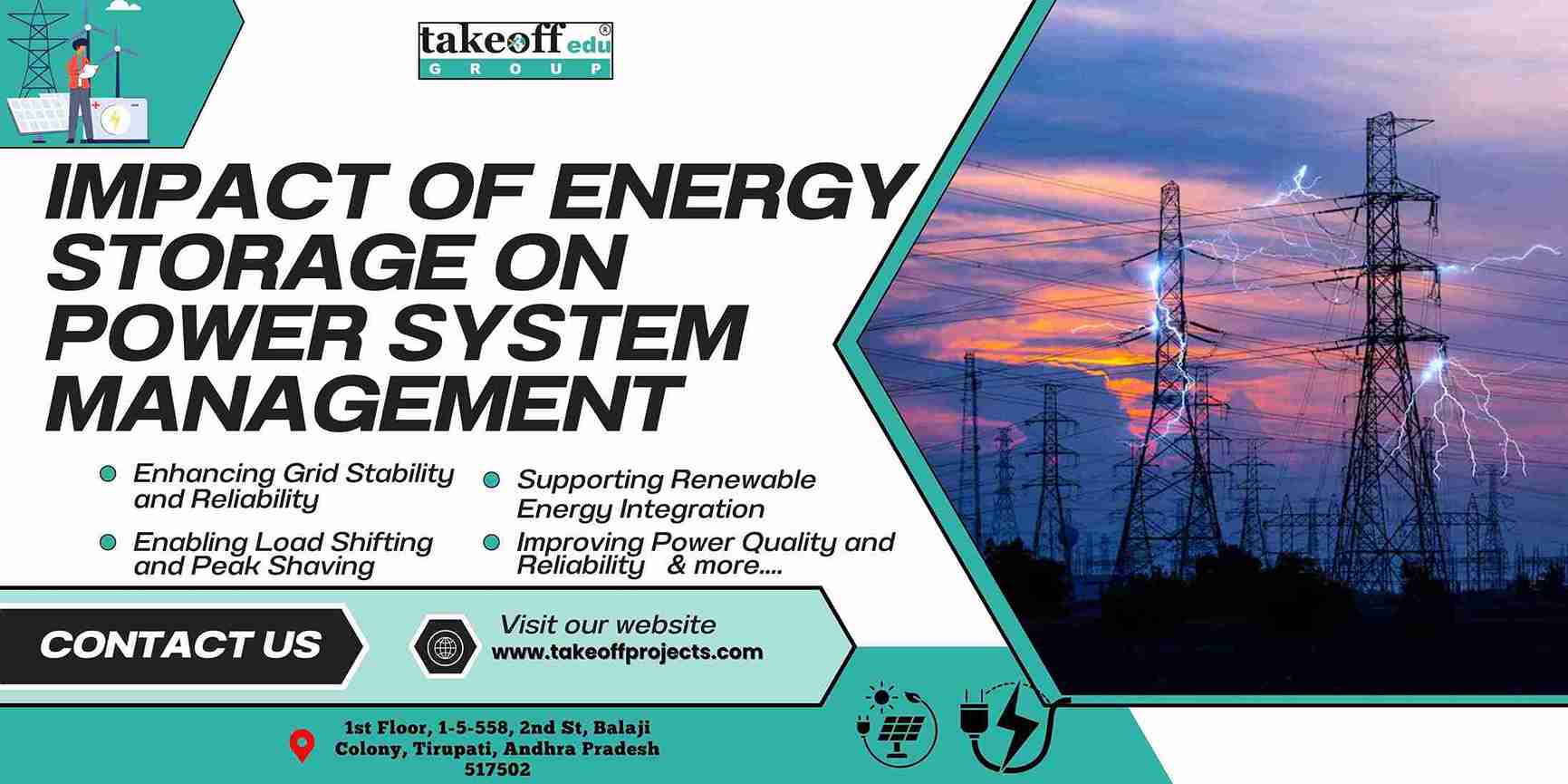 Impact of Energy Storage on Power System Management
Impact of Energy Storage on Power System Management 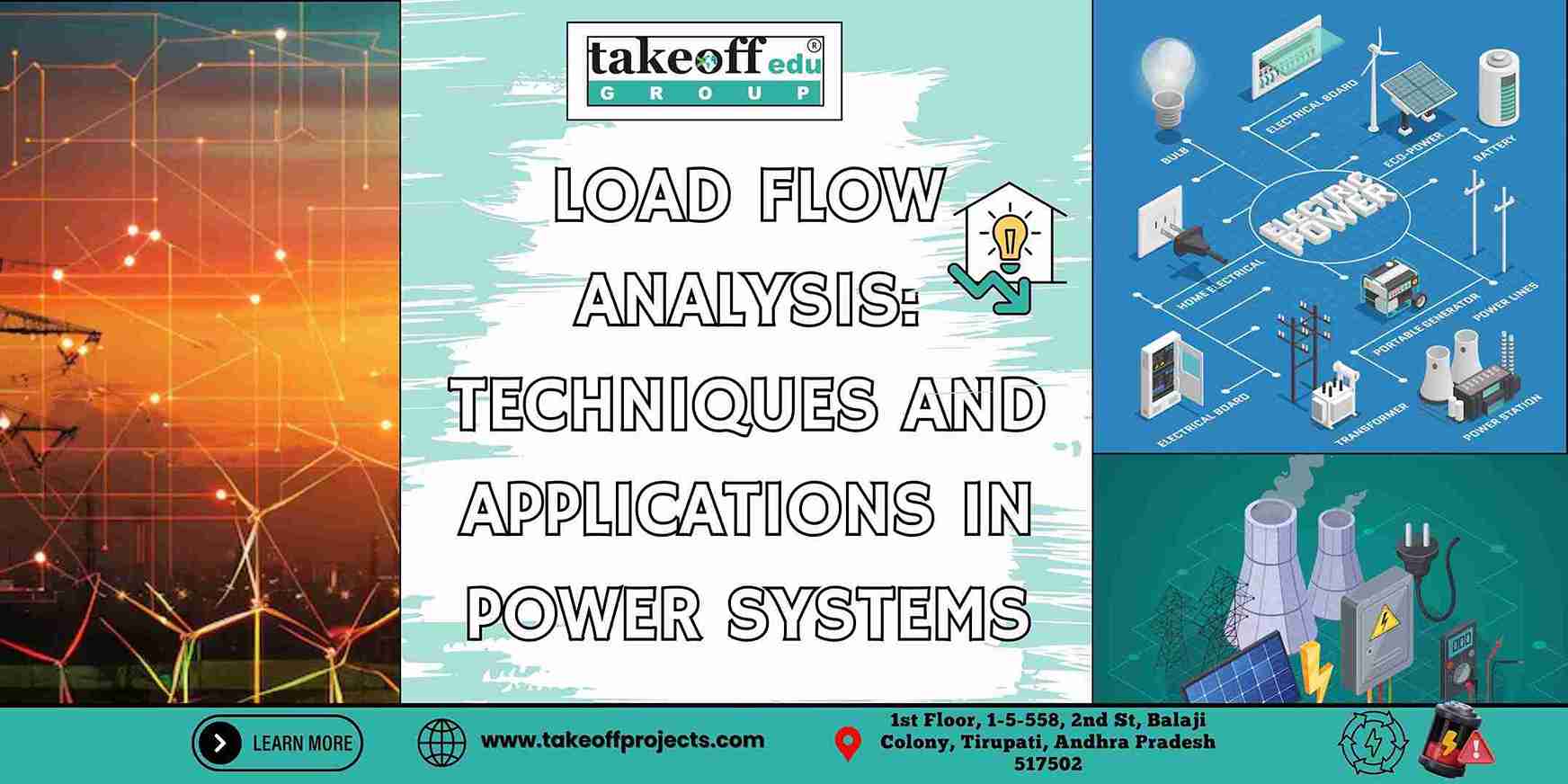 Load Flow Analysis : Techniques and Applications in Power Systems
Load Flow Analysis : Techniques and Applications in Power Systems  Microgrids: Enhancing Resilience and Efficiency in Power Systems
Microgrids: Enhancing Resilience and Efficiency in Power Systems  Innovative Technologies in Power System Protection
Innovative Technologies in Power System Protection  Final Year Electrical Engineering Project Ideas for College Students
Final Year Electrical Engineering Project Ideas for College Students  The Role of Renewable Energy in Modern Power Systems
The Role of Renewable Energy in Modern Power Systems 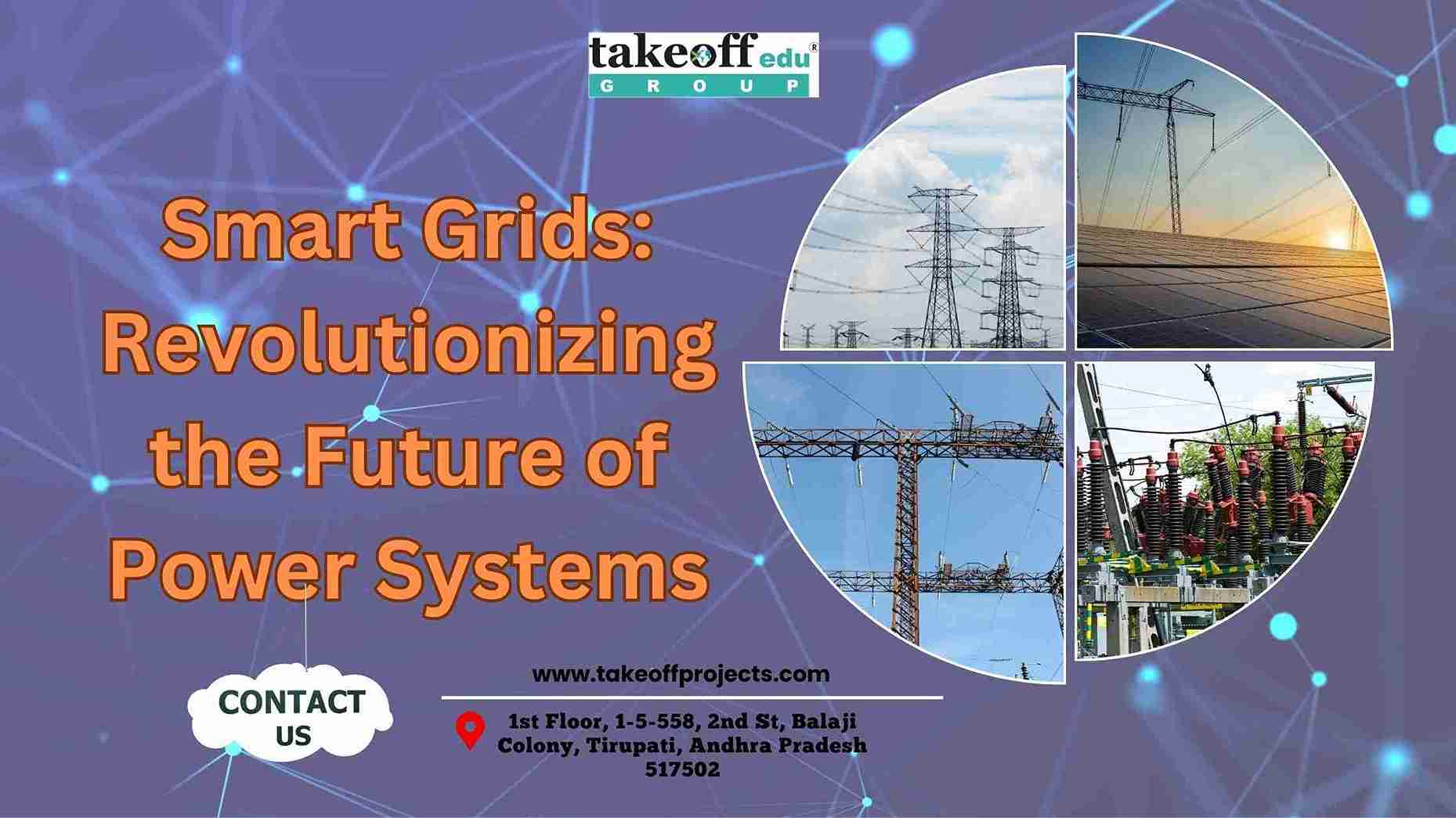 Smart Grids: Revolutionizing the Future of Power Systems
Smart Grids: Revolutionizing the Future of Power Systems 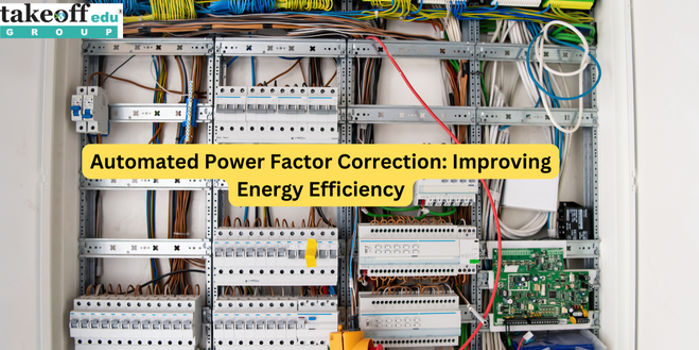 Automated Power Factor Correction: Improving Energy Efficiency
Automated Power Factor Correction: Improving Energy Efficiency  Powering the Future: A Renewable Energy Harvesting System
Powering the Future: A Renewable Energy Harvesting System  Smart Grid Solutions: Enhancing Electrical Distribution Efficiency
Smart Grid Solutions: Enhancing Electrical Distribution Efficiency 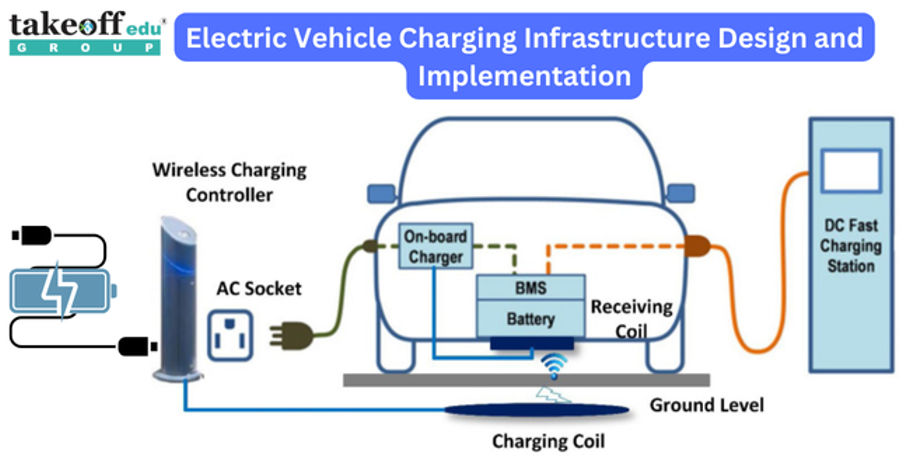 Electric Vehicle Charging Infrastructure Design and Implementation
Electric Vehicle Charging Infrastructure Design and Implementation 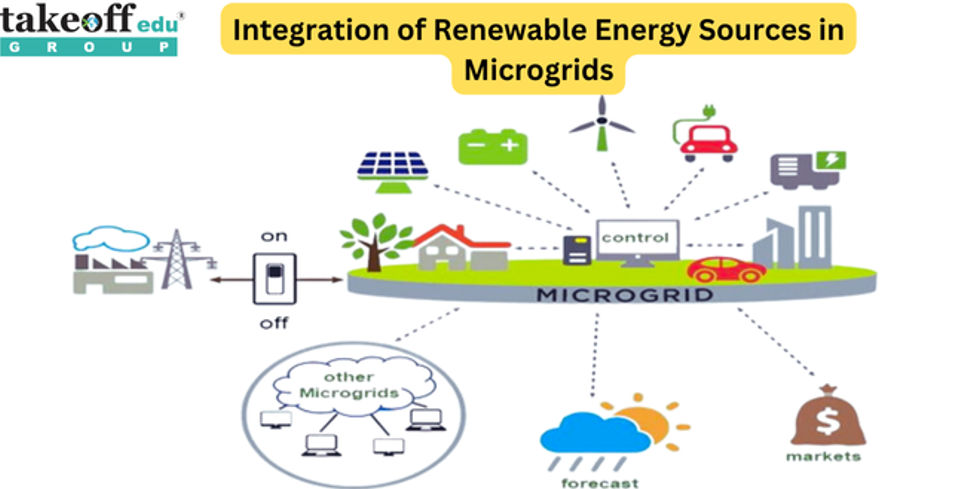 Integration of Renewable Energy Sources in Microgrids
Integration of Renewable Energy Sources in Microgrids  Electrical Projects Engineering Students
Electrical Projects Engineering Students  M.Tech Thermal Engineering Projects
M.Tech Thermal Engineering Projects  IEEE Projects for Electrical Engineering
IEEE Projects for Electrical Engineering  Mini Projects for EEE
Mini Projects for EEE  Mini Projects for Electrical Students
Mini Projects for Electrical Students  Top Electrical Projects for Final Year Students
Top Electrical Projects for Final Year Students  10 Interesting Projects for Electrical Engineering Students 2022
10 Interesting Projects for Electrical Engineering Students 2022  7 Trending Power Systems Based Projects for EEE
7 Trending Power Systems Based Projects for EEE  Top 10 Power Electronics Projects for EEE
Top 10 Power Electronics Projects for EEE  Top 16 Electrical Engineering Projects
Top 16 Electrical Engineering Projects 
 Paper Publishing
Paper Publishing



